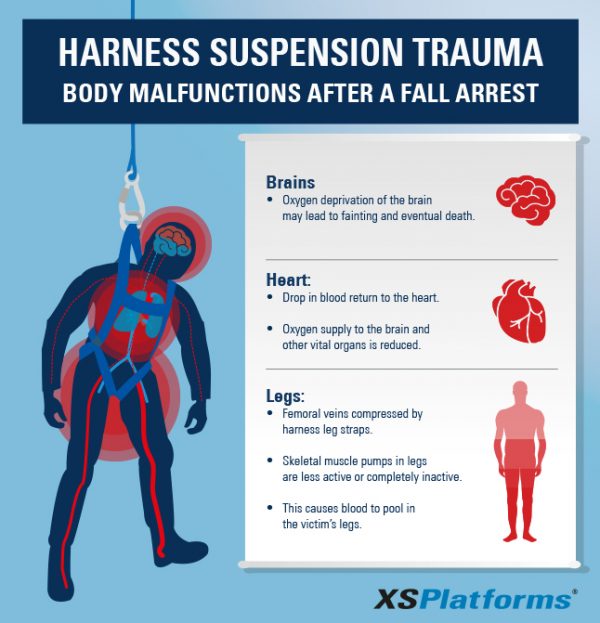WORK AT HEIGHT INCIDENTS
When somebody is unconscious and dangling from a rope, every second counts. If you see your co-worker in an awkward position or state can bring certain emotions. This is probably relief at first, because your colleague is still hanging in his harness. But, after witnessing an event like such, action is needed real fast! Then, having a plan in place at that time is absolutely necessary to make sure the worker is helped as swiftly as possible.


